10 Stock Picks That Should Love Lower Interest Rates
It’s official.

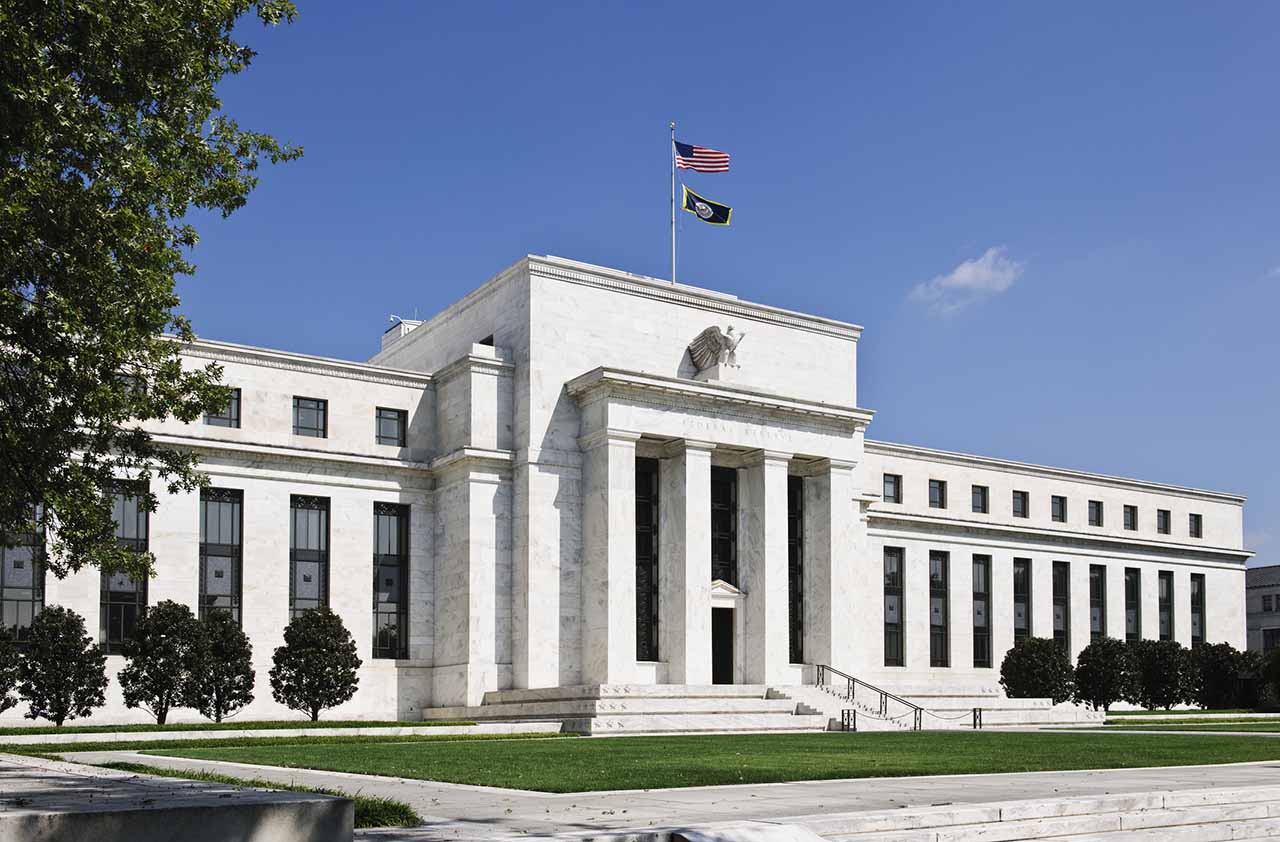
It’s official. The United States’ base interest rate, the Fed funds rate, has fallen for the first time in over a decade. The last time the Federal Reserve ratcheted interest rates lower was in 2008, when the subprime mortgage meltdown still was in full swing. The nation’s central bank was willing to try almost anything to kickstart the recovery that finally took shape in 2009.
The Fed’s governors aren’t nearly as desperate now as they were then. In fact, the country’s economy remains surprisingly robust. Despite the measurable impact of an expanding tariff war with China and a handful of other trade partners, last quarter’s initial GDP growth estimate of 2.1% topped expectations. While S&P 500 corporate earnings for the second quarter are off 2.6% year-over-year so far, they’re still expected to grow through at least 2020. The nation’s unemployment rate remains near multiyear lows, too.
“The trajectory of growth is really turning a corner, and the Fed is trying to be proactive,” Glenmede Investment Strategy Officer Michael Reynolds told Bankrate ahead of the decision. “The way we view an insurance rate cut is, it’s a proactive move to protect against what seems to be potential but unpredictable risks.”
The Federal Reserve may not be done pushing interest rates lower, either. Futures traders are betting on another quarter-point cut being put in place in September, when the FOMC is slated to make such a decision again.
Interest-rate cuts have a slew of effects that in turn help bolster some companies while chipping away at others. With a new lower-rate paradigm starting to gel, here are 10 stock picks that are perfectly positioned to get the most out of this environment of cheaper money.
Data is as of July 30.
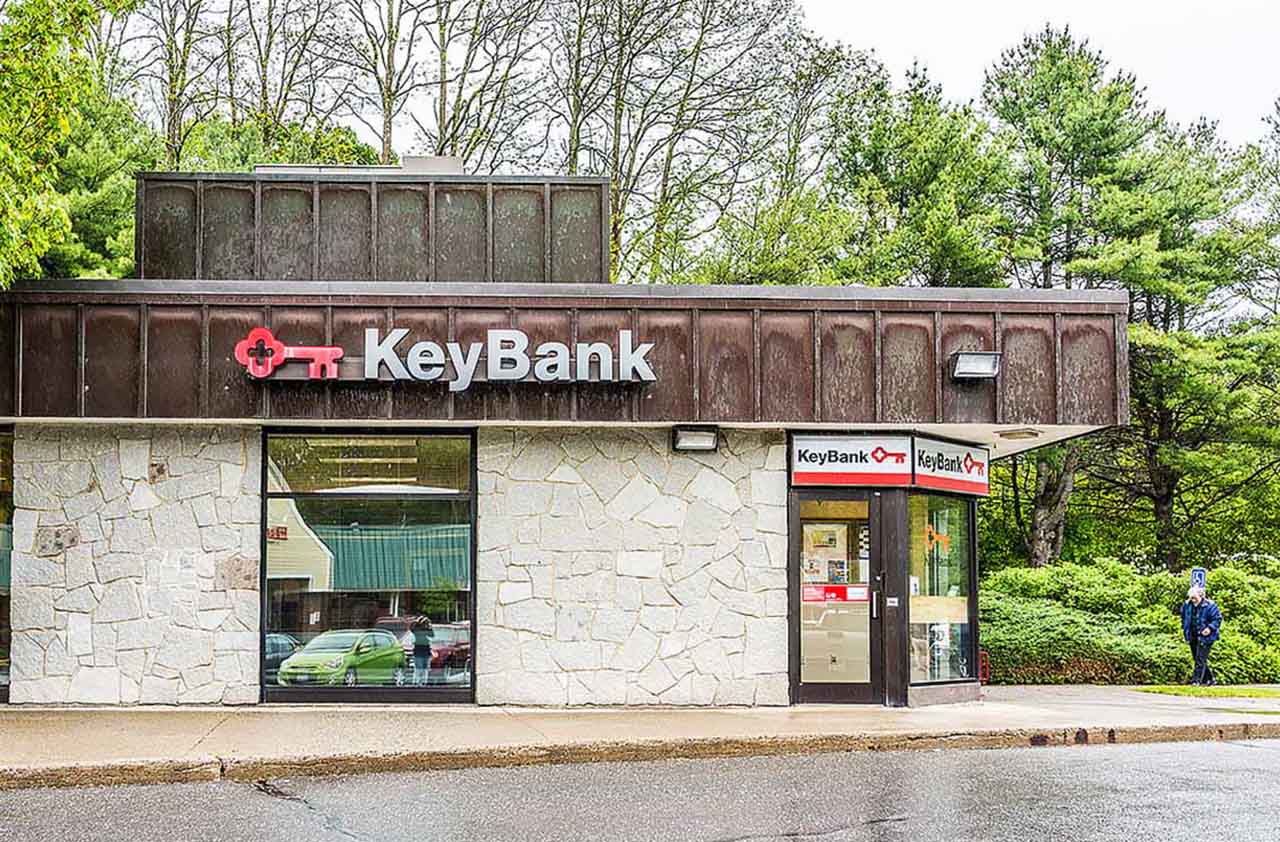
KeyCorp
- Market value: $18.6 billion
Low and/or falling interest rates are broadly presumed to be more problematic for banks than beneficial. Although cheaper borrowing costs tends to improve demand for loans, the margins banks enjoy on those loans shrinks when rates sink. The balance between the opposing factors isn’t always ideal.
- KeyCorp (KEY, $18.54) is positioned to be an exception to that dynamic.
KeyCorp’s KeyBank subsidiary is a Cleveland-based regional bank that spans more than 1,100 branches across 15 states. It, along with a few other regional financials, has been quietly hedging against the impact of lower interest rates. Not unlike the hedging efforts airlines make as a means of quelling unexpected changes in jet fuel prices, KeyCorp uses instruments such as interest rate swaps to diffuse any potential damage to its profits that would stem from a rate cut.
The approach has risks. As Wedbush analyst Peter Winter told Barron’s, “KeyCorp was willing to give up some revenue” as a consequence of shielding itself from the full brunt of shrinking loan margins. But he adds that “it’s really benefiting them in today’s environment.”
KEY’s above-average yield of 4.0% on its quarterly dividend will become even more attractive as other income-producing alternatives, such as bonds, lose their luster by adjusting to prevailing rates. Bolstering the argument is the likelihood that KeyCorp will keep extending what has become a 10-year growth streak in the amount of dividends it pays out each year.

Lennar
- Market value: $15.6 billion
In 2011, the homebuilding industry finally emerged from the 2008 subprime mortgage crisis, and it did so in spades. The annualized pace of new-home sales rocketed from a pace of 326,000 at the end of 2010 to a pace of 656,000 units by 2017’s close.
Since then, new-home purchases have cooled off – mostly in step with an extended streak of rising interest rates. Ditto for sales of existing homes.
Mortgage rates have been sinking as the Fed has shifted from hiking rates to keeping them level, however, and the rate cut will only hasten that decline. Indeed, even with the dip seen in interest rates just this year, it appears interest in home ownership has been rekindled. Purchases are up slightly from the lull seen earlier this year; the rate cut already expected for September could continue to drag mortgage rates lower in the meantime.
This scenario makes homebuilder Lennar (LEN, $48.45) an interesting prospect at a time when it was already making its way back into investors’ radars. Wedbush Securities homebuilding analyst Jay McCanless, in a recent note, writes that Lennar’s quarterly numbers released in early “bolster our view that order growth has bottomed and should turn positive this quarter.” He continues: “Declining mortgage rates for most of the June quarter should also be a tailwind.”
Lennar’s share price makes the company an even more compelling stock pick. LEN trades at less than nine times both its trailing 12 months’ worth of profits and analysts’ expectations for future earnings.

ConocoPhillips
- Market value: $67.3 billion
Cheaper money is good news for companies that rely on debt for capital. Also, lower interest rates ideally spur economic strength that in turn drives demand for basic materials.
This double-barreled dynamic leaves ConocoPhillips (COP, $59.51) in an ideal position as rate cuts loom.
ConocoPhillips is in energy, but not all energy stocks are built the same. COP is an exploration-and-production company, focused on finding and extracting oil – its spinoff, Phillips 66 (PSX), refines it and markets it. As such, ConocoPhillips highly levered to the price of crude itself. If crude prices rise even just a little, demand for the company’s service swells, and margins expand. It doesn’t even take a great deal of improvement to drive tremendous profit growth.
ConocoPhillips also depends on debt. Cheaper borrowing costs would allow the company to more cost-effectively invest in growth-driving projects until a point at which a decent economy could prod crude prices higher. Although most of ConocoPhillips’ $14.8 billion in long-term debt won’t mature until 2039, the E&P firm could choose to call in its existing debt and replace it with new bonds while long-term interest rates move closer to multidecade lows again.

General Electric
- Market value: $91.7 billion
- General Electric (GE, $10.52) doesn’t need an introduction. But it does need an explanation as to how it benefits from falling interest rates.
The old industrial icon is in serious trouble, burning through cash while it tries to shrink its way to viability. Lower interest rates could make a world of difference (for the better) for GE.
General Electric’s debt burden isn’t its only problem, but it’s a significant one. In the first quarter of 2019, General Electric paid out $1.1 billion worth of interest payments to service the $90.2 billion in long-term debt still weighing down its balance sheet. The company generated a mere $1 billion in post-tax operating profit, and its operating cash was barely positive. So even a little help on interest rates could make a dramatic impact on GE’s slowly improving bottom line.
General Electric also could get an added boost from another rate-cut side effect. Should cheaper borrowing costs spur fresh economic growth that pushes oil and gas prices higher, the company’s long-beleaguered power division, as well as Baker Hughes (BHGE) – the oil-and-gas spinoff that GE still owns roughly half of – could see at least a bit more demand. Both have been dealing with tepid revenue and lingering, albeit now-sporadic, operating losses. But General Eletric is getting a grip on both arms, and the next economic acceleration could finally pull these units into the black.

Royal Gold
- Market value: $7.8 billion
The general assumption is that if falling interest rates are seen in a pessimistic light, investors may flock to gold as a potential safe haven from currency-related turbulence. This assumption doesn’t necessarily hold up to scrutiny all the time, but this dynamic has played out before.
The broad market doesn’t even have to suffer to whip up interest in gold or gold-related stocks. Sheer fear could do the trick.
The SPDR Gold Shares (GLD) exchange-traded product is a popular way to invest in gold. It wouldn’t be a bad hedge at all. However, gold mining stocks tend to shine more than the metal itself when gold prices improve, because they’re highly levered to the commodity’s price. For the biggest miners, production costs of mining an ounce of gold sat near $826 per ounce by the end of 2018; gold prices are above $1,400 per ounce right now. Every dollar above the current price is another dollar’s worth of pure profit, on a per-ounce basis.
There are several gold stocks to choose from, but Royal Gold (RGLD, $119.46) offers more stability and brings less speculation to the table than most of its mining rivals. Royal Gold acquires existing operations and established royalty interests – a model that has worked well. The company’s operating profits held up nicely in 2013 and 2014, when gold prices imploded.
Gold prices’ surge to four-year highs this month suggests traders already are looking for hedges against rate-related difficulties.
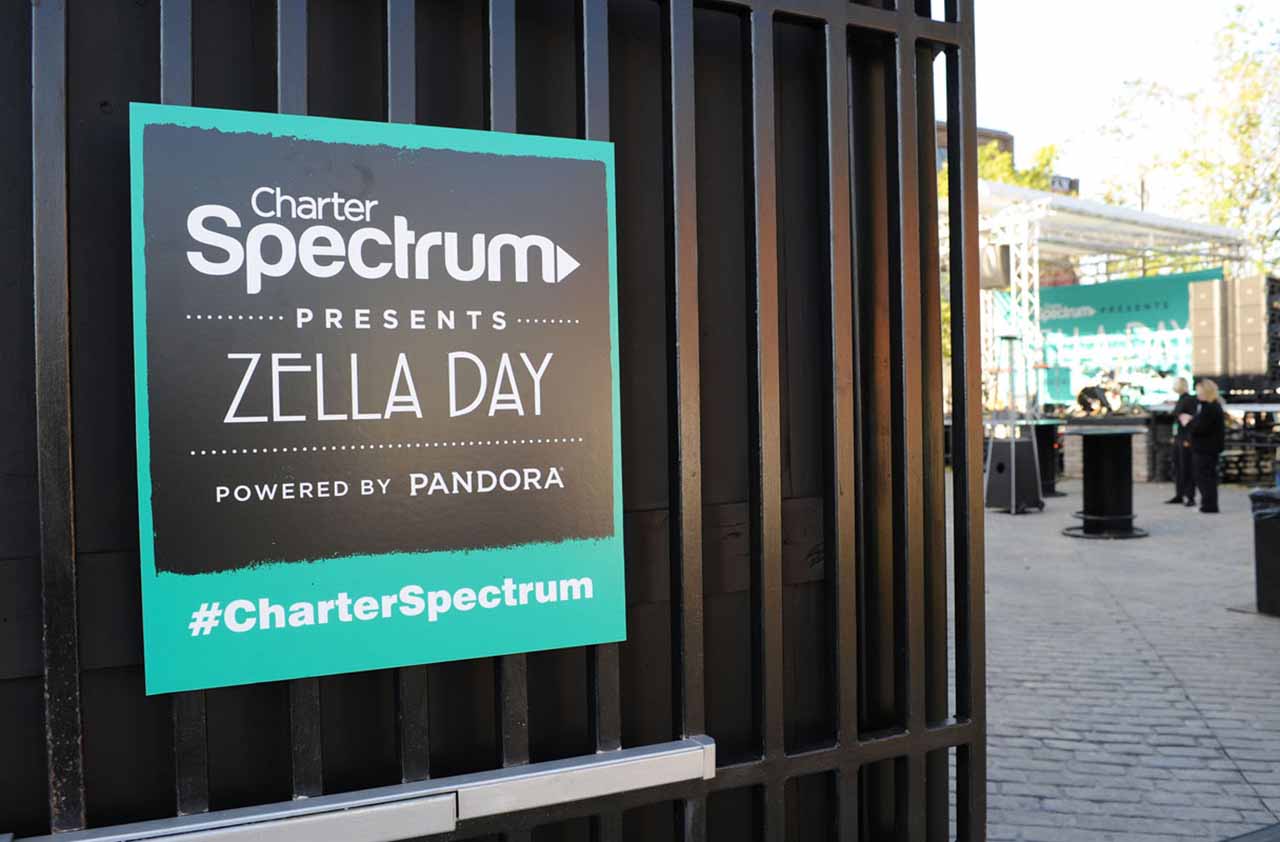
Charter Communications
- Market value: $87.4 billion
The cord-cutting movement still is going strong, making it difficult to be enthusiastic about cable companies such as Charter Communications (CHTR, $394.56), the parent of cable television and broadband service Spectrum. U.S. cable’s exodus has climbed above 1 million customers per quarter. Most aren’t going back.
Not all is lost, however. Consumers have grown weary of too many streaming choices. TV-viewership monitoring company Nielsen recently explained that casual television watchers who don’t have a specific streaming program in mind are nearly twice as likely to simply tune into their favorite cable channel than they are to sift through their streaming options.
Charter Communications could be among unexpectedly rewarding stock picks thanks to the effect that lower interest rates would have, too.
Patrick McDowell, CFP, portfolio manager with Florida-based Arbor Wealth Management, says, “The biggest beneficiaries of low interest rates are profitable, growing companies who can target their debt levels relative to their income and use that debt to fuel buyback programs.”
Arbor Wealth Management has tapped into the idea, with real money. McDowell continues, “The best example of this would be Charter Communications, which is one of our firm’s largest holdings. They recently issued debt at just above 5% which they will partially use to fund buybacks. That’s pretty accretive to equity owners over time.
“If rates stay lower for longer, which we think they will, companies executing this strategy will be major beneficiaries.”

NiSource
- Market value: $11.0 billion
Low or falling interest rates can prove particularly bullish for dividend-oriented holdings such as utility stocks.
Riley Adams, financial analyst and blogger for Young and the Invested, says, “When interest rates fall, dividends from utilities appear more attractive, thereby benefiting investors who hold shares in these companies.” These companies “tend to pay sizable dividends and have lower risk profiles,” and as such, “investors use utilities as a proxy for income-producing securities and invest in them when interest rates fall to supplement their desired investment income.”
When the market’s prevailing rates are under pressure and investors are seeking out ways to maintain income, several recognizable stock picks come to mind: Southern Company (SO) and Duke Energy (DUK) are perennial favorites.
However, the industry’s high-profile names can quickly become crowded trades in situations like this. So an off-the-radar name such as NiSource (NI, $29.58) could be a better bet. The $11 billion utility company may only yield 2.7% for new investors, but it has increased its payout by at least a small degree every year since 2012. A lower cost of capital could boost NiSource’s bottom line and accelerate dividend growth.
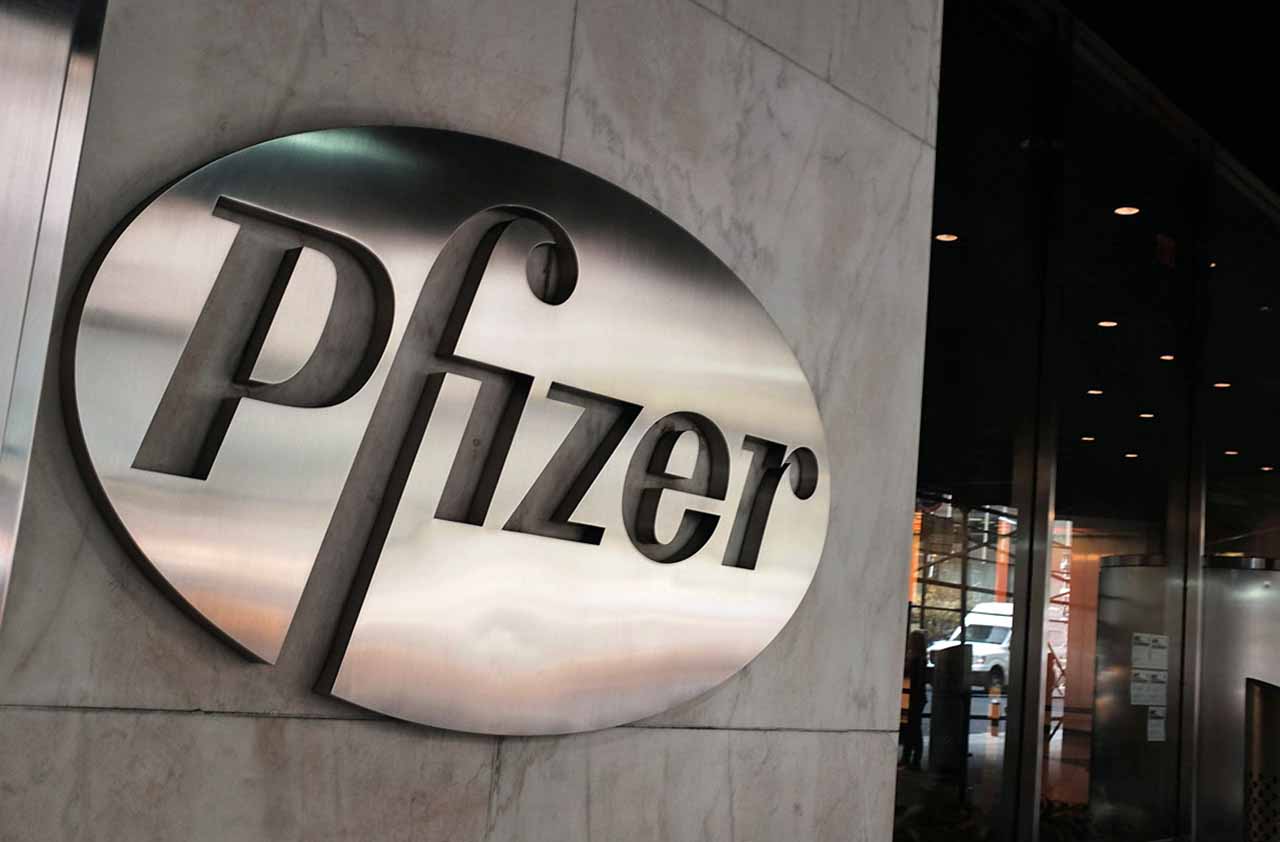
Pfizer
- Market value: $215.7 billion
- Pfizer’s (PFE, $38.79) recently announced deal to sell its off-patent drug portfolio to pharmaceutical company Mylan (MYL) has proven largely unpopular with investors early on. But the related dip in PFE shares might be a prime buying opportunity.
Barclays data suggests that health care stocks historically lead the market’s nine-month return following a cut in interest rates – by roughly seven percentage points. The same research determined that health care was the only sector to show a post-rate-cut gain regardless of whether the cut was made to combat a mere economic lull or a response to the beginning of a full-blown recession.
Maneesh Deshpande, Barclays’ head of U.S. equity strategy, believes it’s the consistent revenue and above-average dividends that make health care stocks so desirable when the economic backdrop is less than ideal.
Pfizer fits the mold. Its 3.7% yield, particularly given the company’s decade-long streak of rising dividends, could serve as a respite for investors. And with dozens of different drugs taking aim at a variety of illnesses, Pfizer rarely throws investors a unexpected revenue or earnings curveball.
Pfizer also has a treatment pipeline that some investors underestimate. The pharmaceutical company reached the tipping point of its move over the so-called patent cliff earlier this year, when generic versions of top-selling Lyrica finally hit the market. The company learned from the woes of its rivals, however, replenishing its pipeline of potential products over the past several years. It currently has 23 treatments in Phase 3 trials (the last stage before approval), and nearly 70 in earlier-stage trials, setting Pfizer up for more reliable growth going forward.

Ford
- Market value: $38.1 billion
- Ford (F, $9.55) has been anything but an easy stock to hold for years. Shares bounced coming out of the 2007-09 bear market but peaked in 2014 and have been falling ever since. The “peak auto” phenomenon that took shape in 2016 kept buyers on the sidelines in the meantime, along with investors.
The backdrop is starting to change now, however, for a couple of reasons.
For one, all the automobiles sold amid the buying frenzy that came to a head in 2016 are now four years old. Drivers who prefer new cars are now mulling replacements, and lease turn-in vehicles are starting to move past their most marketable years as well. In the meantime, the average age of a car or truck still in use has reached a stunning, and record-breaking, 11.8 years. Many of them might not last much longer.
The second and bigger (though related) change to the automobile market’s backdrop is, even modestly lower financing rates could make new vehicles considerably more affordable to drivers that have to borrow to buy. With the average monthly new car payment now standing above $550, even a quarter-point or half-point break on interest rates could make a big difference in consumers’ minds.
The still-strong employment picture and Ford’s move toward a more modern concept of “mobility” doesn’t hurt either.

Mid-America Apartment Communities
- Market value: $13.6 billion
Lower borrowing costs make homebuying more affordable, particularly when a loan has a lengthy timeframe and the bulk of the loan’s initial payments are allocated toward servicing debt rather than paying down principal.
But lower rates don’t just boost the homebuying sliver of the real estate market. When the economy is healthy (as it is now), cheaper money makes it easier for rental real estate developers to fund the purchase of new properties without decreasing their payouts to investors. A lower yield in such an environment would more likely be the result of higher prices in real estate investment trusts (REITs). Existing owners still would collect the same, or even an improved, dividend on their now-higher-priced holding.
It’s a unique situation that benefits most residential rental real estate stock picks nicely at this time. But some, including Mid-America Apartment Communities (MAA, $119.22), are better positioned than others.
As the name implies, Mid-America Apartment Communities focuses on the development of multifamily housing in the less-metropolitan areas of the country. Housing in many of America’s biggest cities – such as Los Angeles, New York and Chicago – have become unaffordable for many, forcing those people to more reasonably priced areas. An analysis of U.S. Census Bureau data performed by Stateline found that smaller cities and small towns are growing much more robustly than the country’s large cities.
Cheaper funding will help Mid-America Apartment Communities plug into that population shift while its big-city counterparts struggle with the sheer high costs of acquiring new properties.
James Brumley held long positions in F and NI as of this writing.
Profit and prosper with the best of Kiplinger's advice on investing, taxes, retirement, personal finance and much more. Delivered daily. Enter your email in the box and click Sign Me Up.

-
 A Contrarian Approach Pays Off for This Bond Fund
A Contrarian Approach Pays Off for This Bond FundThe Dodge & Cox Income Fund has outperformed in 2025 thanks to its managers' fearless approach.
-
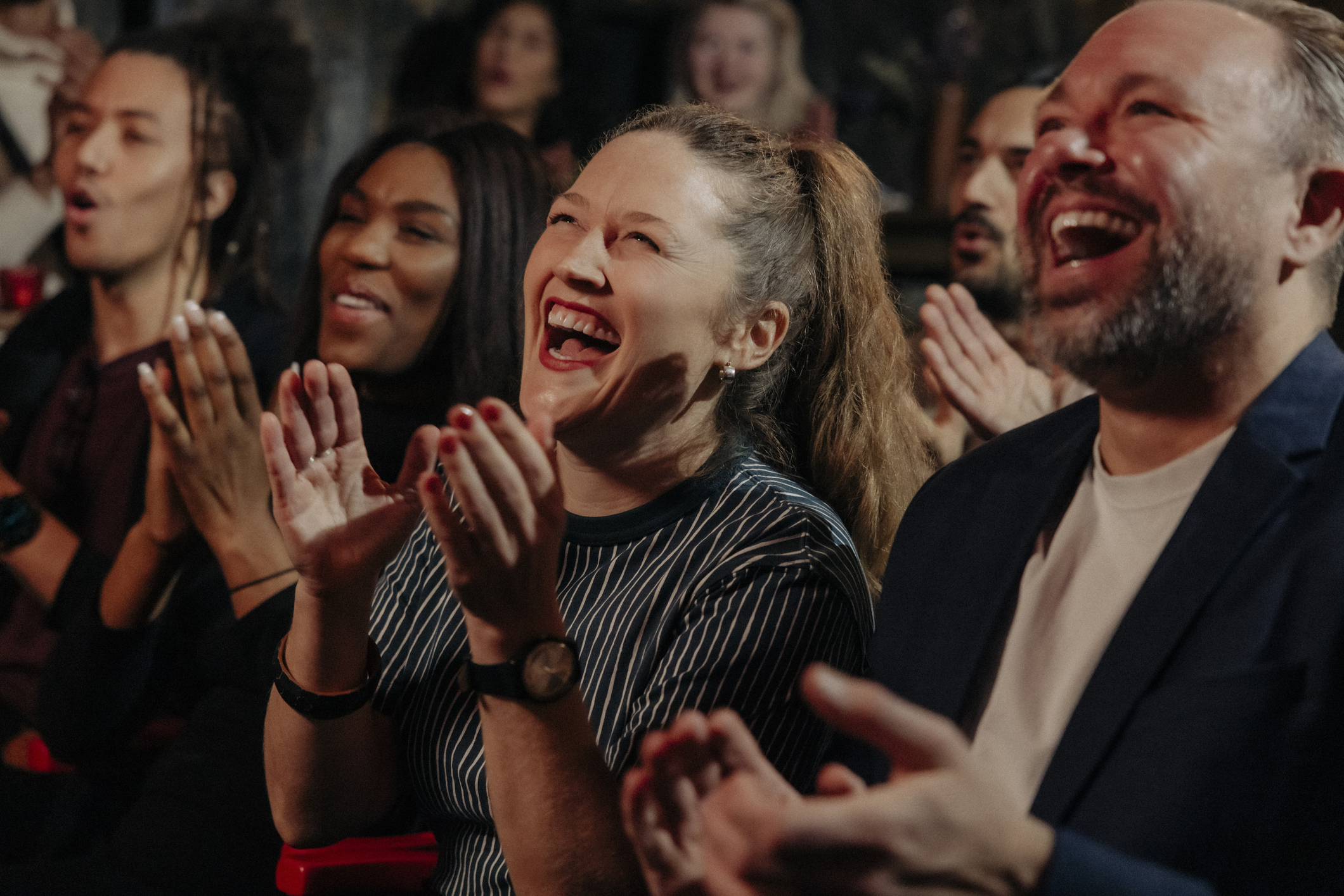 How AI Is Changing the Way Americans Spend on Live Events
How AI Is Changing the Way Americans Spend on Live EventsAI bots are reshaping ticket prices, resale markets and how fans shop. Here's what it means for your wallet and how to get the best deals on concerts, sports and shows.
-
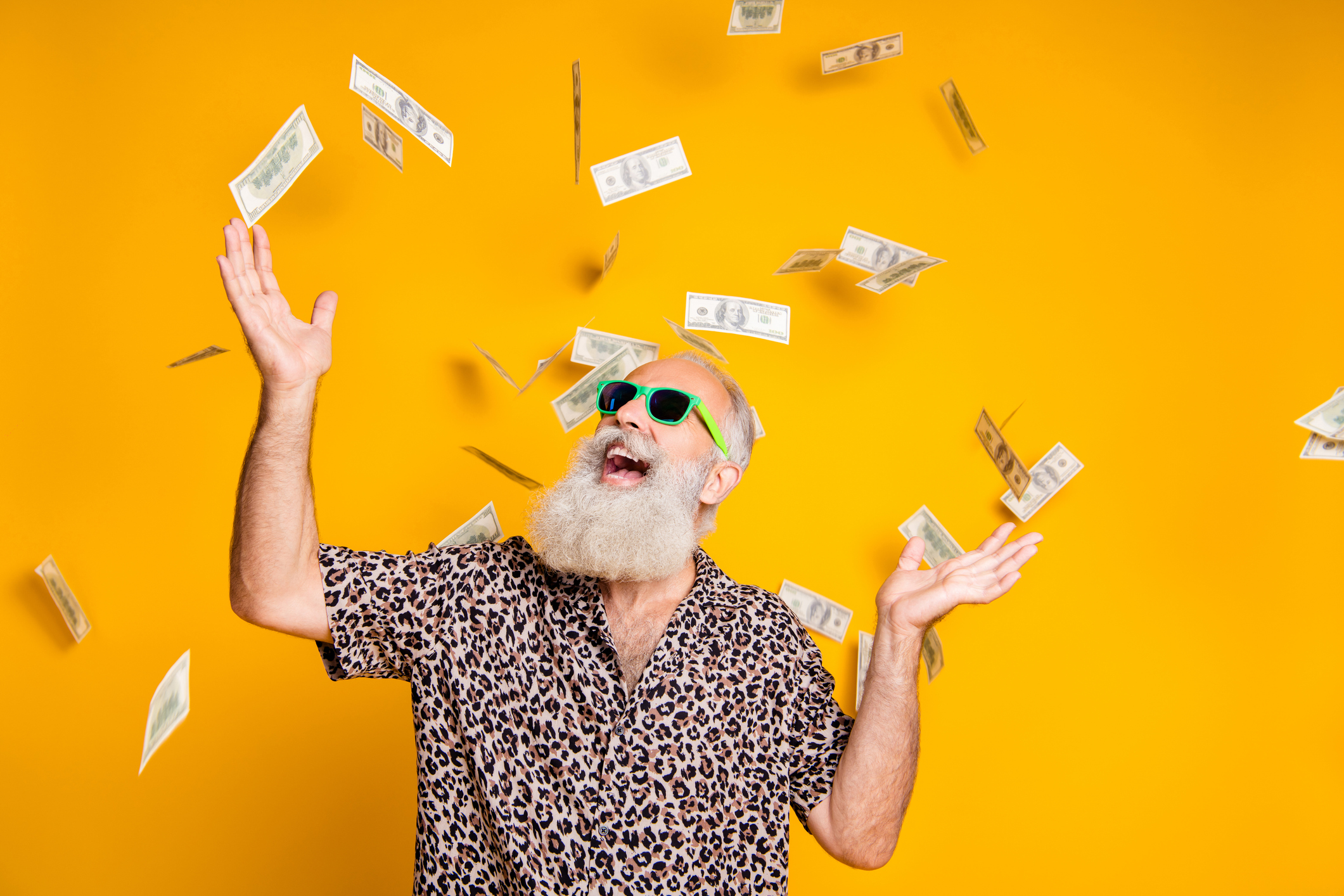 7 Outrageous Ways Retirees Can Invest Their Money in 2026
7 Outrageous Ways Retirees Can Invest Their Money in 2026Stocks and bonds aren't the only ways to invest your retirement "fun money."
-
 Stocks Extend Losing Streak After Fed Minutes: Stock Market Today
Stocks Extend Losing Streak After Fed Minutes: Stock Market TodayThe Santa Claus Rally is officially at risk after the S&P 500's third straight loss.
-
 Santa Claus Rally at Risk as Tech Stocks Slump: Stock Market Today
Santa Claus Rally at Risk as Tech Stocks Slump: Stock Market TodayThe Nasdaq Composite and Dow Jones Industrial Average led today's declines as investors took profits on high-flying tech stocks.
-
 Gold and Silver Shine as Stocks Chop: Stock Market Today
Gold and Silver Shine as Stocks Chop: Stock Market TodayStocks struggled in Friday's low-volume session, but the losses weren't enough to put the Santa Claus Rally at risk.
-
 The Santa Claus Rally Officially Begins: Stock Market Today
The Santa Claus Rally Officially Begins: Stock Market TodayThe Santa Claus Rally is officially on as of Wednesday's closing bell, and initial returns are positive.
-
 'Humbug!' Say Consumers, Despite Hot GDP: Stock Market Today
'Humbug!' Say Consumers, Despite Hot GDP: Stock Market Today"The stock market is not the economy," they say, but both things are up. Yet one survey says people are still feeling down in the middle of this complex season.
-
 Stocks Rise to the Spirit of the Season: Stock Market Today
Stocks Rise to the Spirit of the Season: Stock Market TodayInvestors, traders and speculators are beginning to like the looks of a potential year-end rally.
-
 Nasdaq Leads as Tech Stages Late-Week Comeback: Stock Market Today
Nasdaq Leads as Tech Stages Late-Week Comeback: Stock Market TodayOracle stock boosted the tech sector on Friday after the company became co-owner of TikTok's U.S. operations.
-
 Cooler Inflation Supports a Relief Rally: Stock Market Today
Cooler Inflation Supports a Relief Rally: Stock Market TodayInvestors, traders and speculators welcome much-better-than-hoped-for core CPI data on top of optimism-renewing AI earnings.
